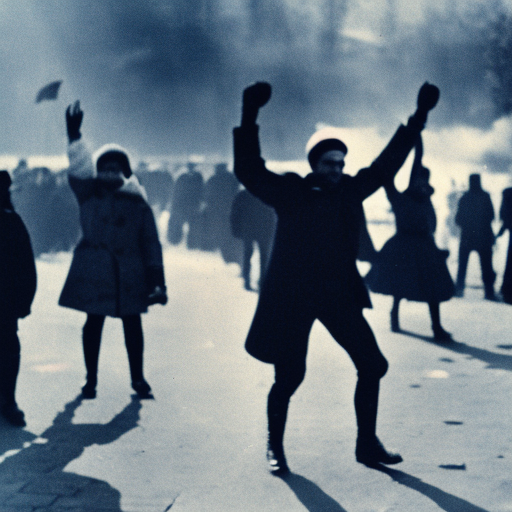Romanian Revolution: Overthrowing Ceausescu’s Regime
The Romanian Revolution was a series of protests and violent clashes that took place in Romania in December 1989. The revolution resulted in the overthrow of the communist regime led by Nicolae Ceausescu and the establishment of a new democratic government.
Background: Ceausescu’s Dictatorship
Nicolae Ceausescu had been the leader of Romania since 1965, ruling the country with an iron fist. His regime was characterized by widespread corruption, economic mismanagement, and a repressive political system. Ceausescu’s policies, such as the forced collectivization of agriculture and the prioritization of heavy industry over consumer goods, led to a decline in living standards for the Romanian people.
Protests Begin
In the late 1980s, dissatisfaction with Ceausescu’s regime grew, fueled by the worsening economic conditions and the lack of political freedom. The protests began in the city of Timisoara in December 1989 when a local pastor, Laszlo Tokes, who had been critical of the regime, was threatened with eviction. The news of Tokes’ situation spread quickly, and thousands of people took to the streets to show their support for him and to voice their grievances against the government.
Violent Crackdown
The protests in Timisoara quickly escalated into violent clashes between the demonstrators and the security forces. The government responded with a brutal crackdown, using tear gas, water cannons, and live ammunition against the protesters. The violence only served to further inflame public anger and fuel the protests, which spread to other cities across the country.
Revolution Spreads
As news of the protests in Timisoara spread, more and more people joined the demonstrations in other cities, including Bucharest, the capital. The protests in Bucharest were particularly intense, with hundreds of thousands of people taking to the streets to demand an end to Ceausescu’s regime. The security forces were overwhelmed, and many of them refused to fire on the protesters.
Overthrow of Ceausescu
On December 22, 1989, Ceausescu attempted to address the crowd in Bucharest from the balcony of the Communist Party headquarters. However, instead of receiving the expected support, he was met with jeers and boos. The crowd quickly turned against him, and the security forces were unable to control the situation. Ceausescu and his wife, Elena, were forced to flee the building by helicopter.
Aftermath and Legacy
With Ceausescu gone, a provisional government was established, and a period of political transition began. The new government embarked on a series of reforms aimed at dismantling the communist system and transitioning Romania to a market economy. However, the transition was not without challenges, and the country faced economic hardships and political instability in the years that followed.
The Romanian Revolution marked the end of Ceausescu’s dictatorship and the beginning of a new era for Romania. It served as an inspiration for other countries in the region that were also seeking to overthrow their communist regimes. The revolution also highlighted the power of popular uprisings and the potential for change, even in the face of a repressive regime.
In conclusion, the Romanian Revolution of 1989 was a watershed moment in the country’s history. The protests and violent clashes led to the overthrow of Nicolae Ceausescu’s communist regime and the establishment of a new democratic government. The revolution inspired other countries in the region and demonstrated the power of popular uprisings. However, the transition to democracy and a market economy was not without challenges, and Romania faced economic hardships and political instability in the years that followed.












